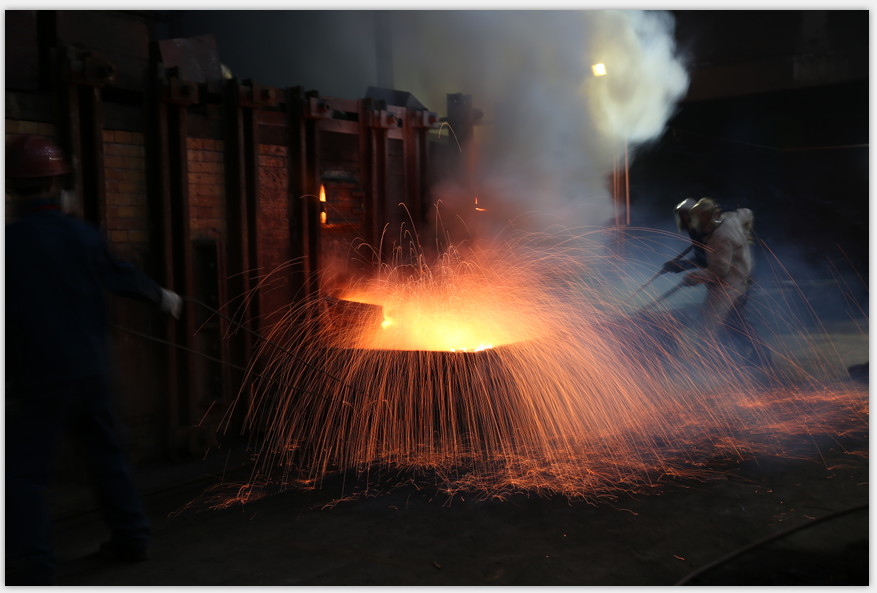
Rare earths are often difficult to recover and process, increasing costs significantly. However, the economics of antimony production are far different.
And, of course, prices for both are rising spectacularly. Similarly, the market was between $1-2 billion. The amount of mined metal is similar to rare earth elements at 135,000 tons produced in 2010. This situation makes antimony an interesting bet from an investor's perspective. Commentators have compared the REE rush to the dot-com boom of not so long ago. Industry players caution that few of the new entrants are likely to meet with success. REMX, containing 24 companies in the sector, has sprung up for those wishing to place a bid on the next big rare earth winner. For all the hype, only about 124,000 tons of REE were mined in 2010, putting the market at less than $2 billion.īut such is the allure of rare earths that Market Vectors launched a Rare Earth/Strategic Metals ETF. The most prized is Neodymium, used in permanent magnets it is what most new mines seek to produce. Not all of the 17 rare earth elements are created equal. Ironically, most of the specialized downstream capability is currently found only in China.
#ANTIMONY MINING COMPANIES CRACKED#
The cracked rare earth concentrate then needs to be processed again, to separate the individual rare earths, which are then purified into oxides. The metals are locked into a mineral that needs to be broken down, or cracked, usually using acid. This has given China a historical advantage due to its low cost of labor. Rare earth elements, which like antimony are also distributed widely around the world, typically occur in poor deposits that cannot be economically mined. Peru, Mexico, and Canada are also producers.Īntimony is typically found as an ore called stibnite, which is processed and extracted with straightforward smelting processes. Russia, Bolivia, Tajikistan, and South Africa all hold significant quantities of antimony. Although China controls most of the world’s antimony production, it has only about 50% of the reserves. Small players are also being closed as authorities work to consolidate the industry.Īlong with its rising price, interest in the metal has grown in the mining community. In March 2010, the government stopped accepting applications for new antimony exploration and mining.


It has shut down hundreds of illegal antimony mines and smelters in an attempt to reduce pollution and improve safety. There is worry that efforts by the Chinese government to rein in antimony production will further pinch supplies. was the biggest buyer of Chinese antimony, with import volume rising 45% to 1,884 tons. Demand is increasing in both Europe and the U.S.

Even as China’s exports of antimony ingots rose by 13% year-over-year in 2010, the latest price is up 45% since August and 230% since April of 2009, standing at $13,600/$14,200 a ton in mid-February. It is not a rare earth, but has seen its price skyrocket as supplies are squeezed. This has led buyers around the world scrambling for new supplies and substitutes.Īntimony is another metal produced largely in China greater than 90% of the metal is produced in the country. Recently the country has asserted itself by withholding limiting exports of rare earth elements (REE) - crucial metals produced almost exclusively in China. This new global powerhouse has been flexing its muscles on multiple fronts, including politics and economics. Not a day goes by when China is not mentioned in the papers.


 0 kommentar(er)
0 kommentar(er)
